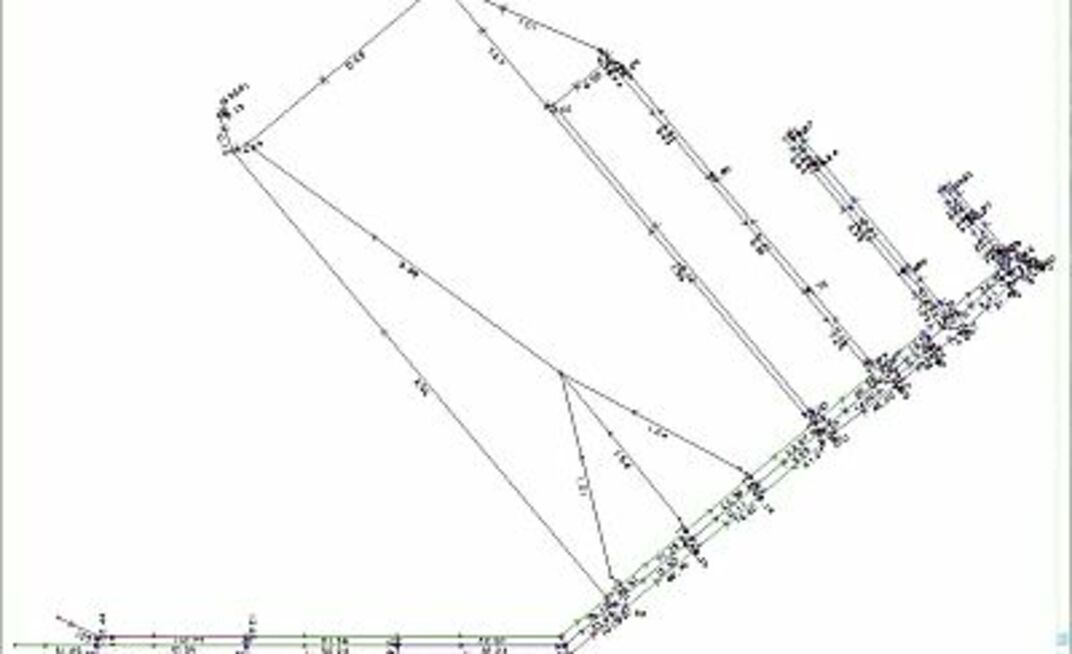Published in the May 2007 American Longwall Magazine
“The key advantage to using a computer model of the mine ventilation system is that it allows you to try different ventilation strategies and techniques quickly without going through the steps required to modify the actual mine ventilation infrastructure,” according to MVS principal engineer Brian Prosser.
“It allows the engineer to preview the upcoming ventilation changes so that the air changes can be more quickly achieved.”
Dr Malcolm McPherson, chief of MVS, initially developed what is now known as the VnetPC ventilation network simulation program, a system used to develop and optimize ventilation designs that Prosser said undergoes constant changes to keep it ahead of the technology curve.
That’s typically done by MVS through interfacing with site engineers during ventilation surveys, accurate baseline model establishment, offering of ventilation short courses for mining engineers, and the presentation of new ideas to the ventilation community at the mine ventilation symposiums.
“It is not enough to just provide software,” he explained. “MVS has always held the position that engineers should be properly trained to use simulation programs, so [we have] worked closely with universities in the past to help develop real-world examples and problems for ventilation classes, and we offer short courses on ventilation planning and design to industry engineers.”
The other product offered by MVS, MineFire, was based on the US Bureau of Mines’ MFIRE development. Its user-friendly interface and a graphical output has made it a great choice for engineers for examining potential thermal and gas effects of mine fires.
“This is most appropriately used as a training tool, and as a tool to locate and position refuge chambers in a mine,” he said.
Another principal use of the model product is to plan a system before infrastructure is in place. For example, as the design is being developed, specific time periods can be focused on to examine potential weaknesses and where changes can be made.
The fitting of associated equipment every ventilation system requires, such as shafts and headings, is another feature of model use that can save the designer and the mine money, time and headaches. As Prosser noted, the base model needed for a system can often create an obstacle.
“This takes a bit of effort and can be tricky to put together for an already stretched site engineer,” he said. “Often a mine does not have a dedicated ventilation engineer, rather ventilation is grouped together with several other disciplines and managed by a single engineer.”
Looking forward, Prosser said the ventilation field will advance as fast as technology does, and the need for accurate, comprehensive design is all the more important today. “The incorporation of methane drainage systems, monitoring instrumentation, and increased coal production (and therefore increased methane liberation) all require efficient and well-managed ventilation systems.”
However, he noted, a challenge facing ventilation is that it is looked at as second chair to a mine’s production and output goals, most often because the effects of ventilation cannot be seen or held.
“Ventilation engineering needs to be elevated to the same position in the mine as production engineering,” he said. “This needs to start in the universities and be sponsored by corporate management.”
Simulation, Prosser noted, can play a large part in that. Models such as those offered by MVS “allow you to see the potential effects of the application of various infrastructure without requiring the cost or time of their implementation”
























